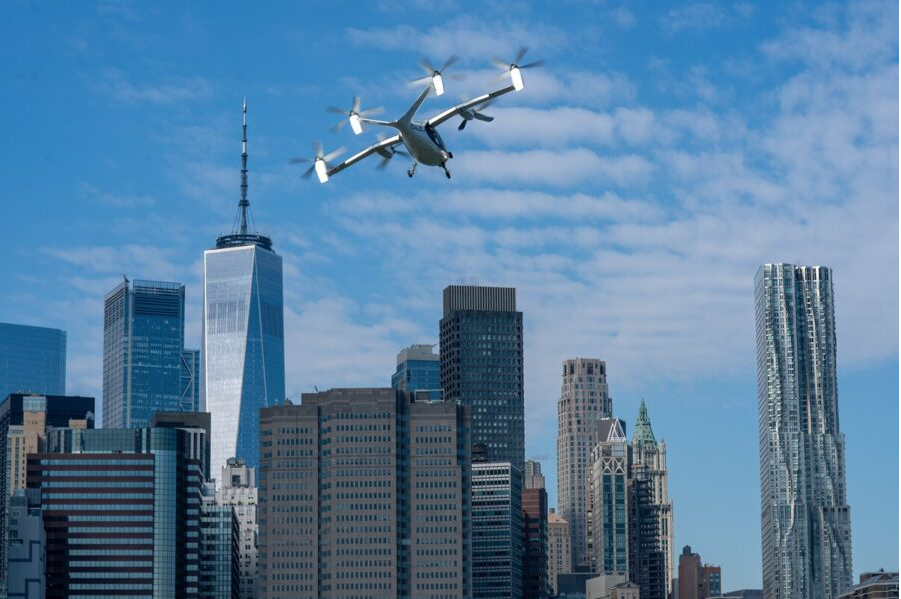
For the first time since helicopter regulations in the 1940s, a new type of civil aircraft is taking to the skies. The Federal Aviation Administration has just finalized rules for powered-lift aircraft. These are craft that combine features of both airplanes and helicopters. Powered lift operations will include air taxis, cargo delivery and a variety of operations within urban and rural areas. It will become the first completely new category of civil aircraft since helicopters were introduced in the 1940s.
These new aircraft are set to transform transportation across multiple sectors. Urban eVTOL air taxis will soon offer quick city-to-city travel, while new cargo delivery services will revolutionize shipping logistics. Emergency medical transport will benefit from faster response times. Communities previously underserved by traditional aviation will gain access to air transportation through short-distance flights.
The announcement by the FAA outlines crucial safety requirements that will govern these new aircraft. Pilots will need to meet specific training and certification standards specifically designed for powered-lift operations.
The regulations establish minimum safe flying altitudes to ensure public safety, along with strict visibility conditions that must be met before takeoff. These operational guidelines create a robust framework for safe integration into the existing airspace structure.
FAA Administrator Mike Whitaker emphasized the historic nature of this development. We’re making history by safely integrating this innovative technology into our airspace. Powered-lift aircraft represent the first new aircraft category in almost 80 years, setting the stage for widespread Advanced Air Mobility operations.
The regulatory groundwork has been carefully laid out over time. The FAA has already established that these aircraft can be certified under existing regulations, with necessary updates to allow commercial air taxi services. This latest rule builds upon last year’s Urban Air Mobility blueprint. This now completes the essential framework needed for immediate deployment of these revolutionary aircraft. The creation of new regulations was crucial because traditional aviation rules simply didn’t address the unique characteristics of powered-lift aircraft. These vehicles can perform vertical takeoffs and landings like helicopters while cruising efficiently like conventional airplanes. These capabilities required fresh regulatory approaches. The comprehensive guidelines ensure proper training and certification for the first generation of powered-lift instructors and pilots.
The creation of new regulations was crucial because traditional aviation rules simply didn’t address the unique characteristics of powered-lift aircraft. These vehicles can perform vertical takeoffs and landings like helicopters while cruising efficiently like conventional airplanes. These capabilities required fresh regulatory approaches. The comprehensive guidelines ensure proper training and certification for the first generation of powered-lift instructors and pilots.
The new regulation introduces several significant changes to existing aviation rules. It establishes Special Federal Aviation Regulations (SFAR) specifically tailored to powered-lift certification requirements. For certain phases of flight, the rules adopt helicopter-based safety standards to ensure maximum protection for passengers and crew. The regulations also modernize training requirements by allowing instruction in aircraft with single-control configurations, streamlining the pilot certification process while maintaining rigorous safety standards. This regulatory framework marks the beginning of a new era in aviation, paving the way for innovative transportation solutions that will benefit communities across the country. As these aircraft begin operations in the coming years, they promise to reshape how we think about urban mobility and regional air transportation.


